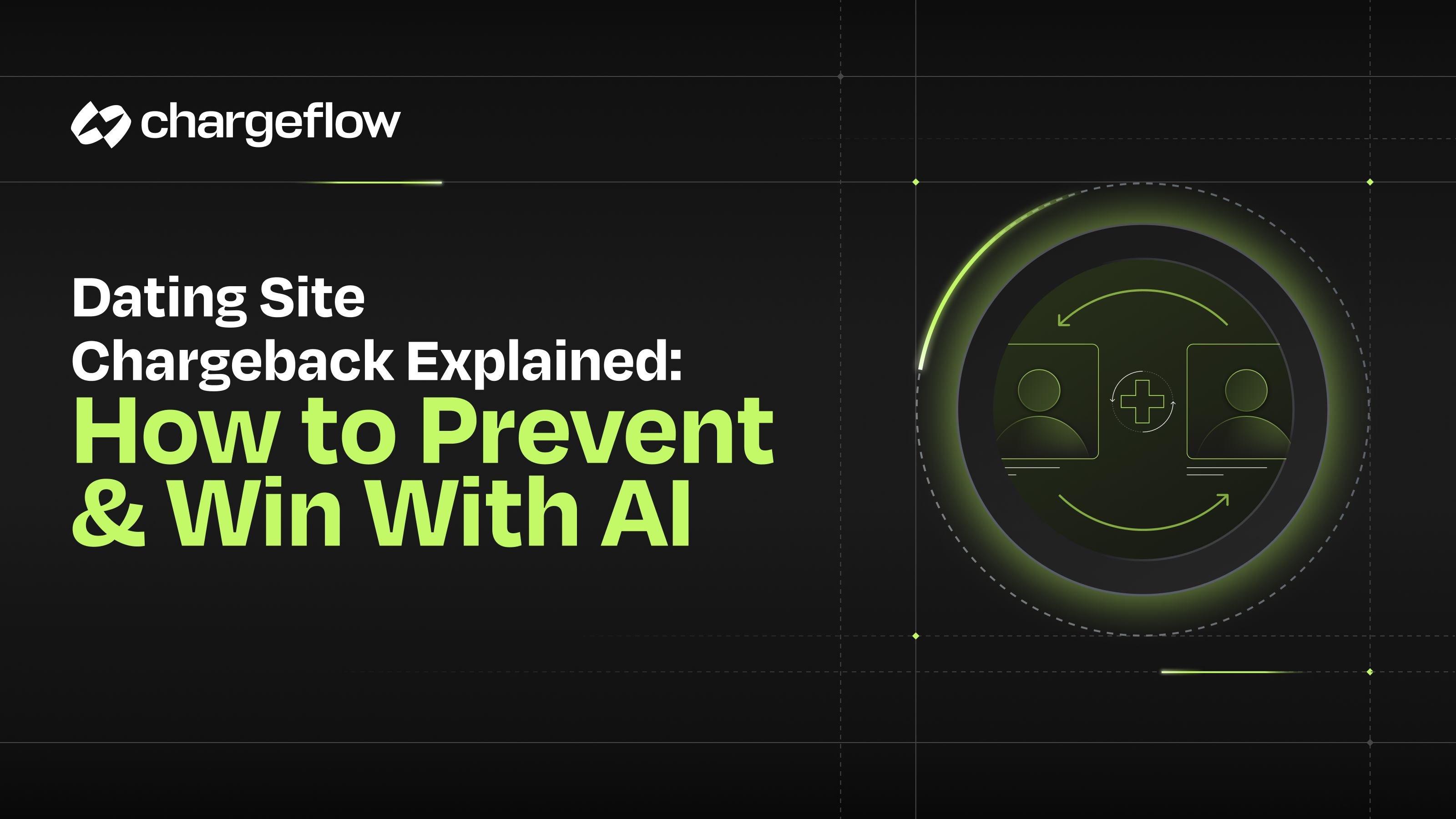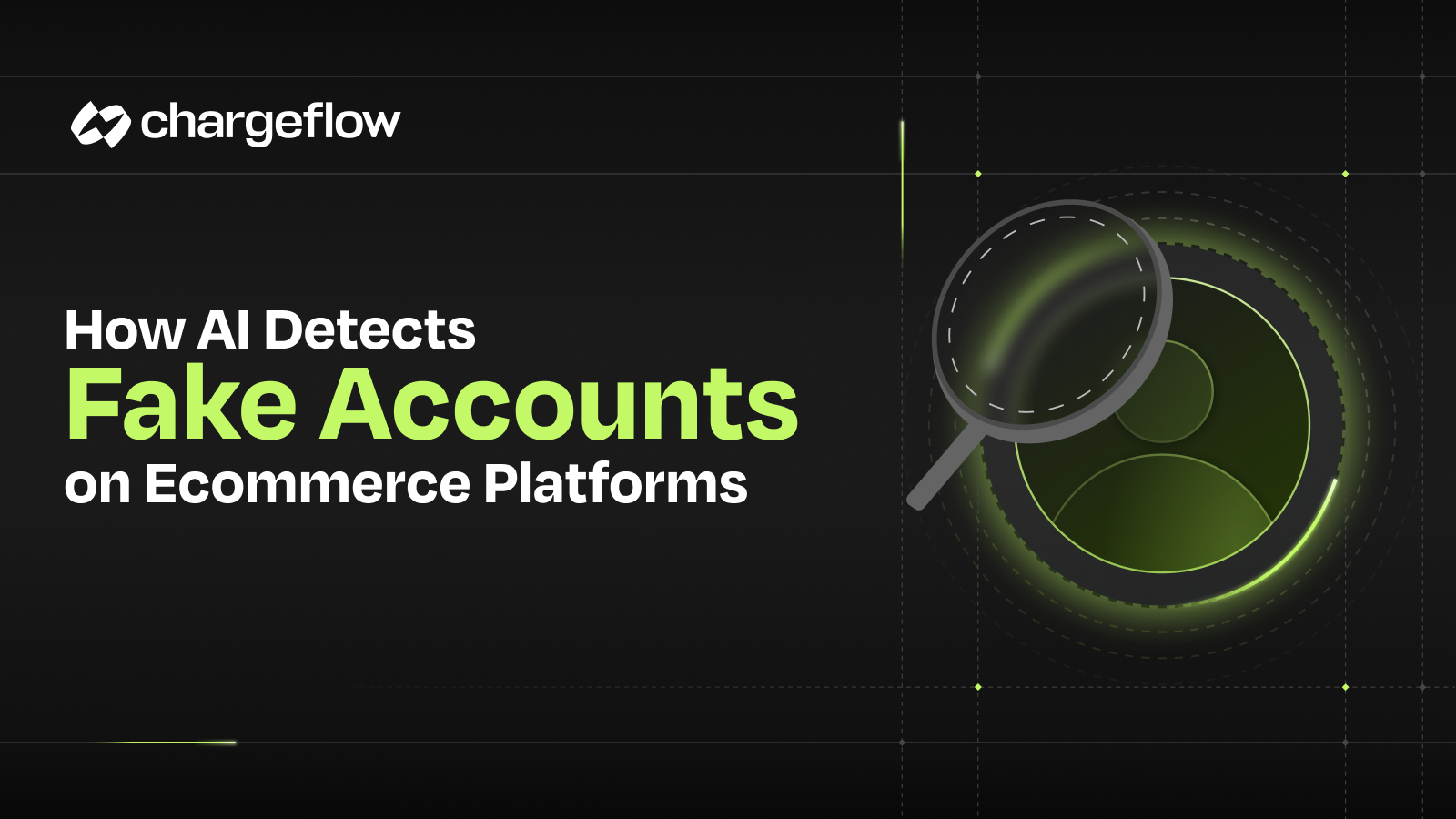Adapting to Changes in Consumer Payment Preferences

Chargebacks?
No longer your problem.
Recover 4x more chargebacks and prevent up to 90% of incoming ones, powered by AI and a global network of 15,000 merchants.
Emerging payments like crypto, BNPL, and e-wallets are reshaping eCommerce. Merchants must adapt to stay competitive despite new chargeback risks.
Remember the two classic pay options? For every sale, the standard checkout question was "cash or credit?"
Those days have changed. Now you can now pay in a myriad of different ways, from e-wallets to peer-to-peer transfers to Buy Now Pay Later (BNPL) financing. With the advancement of technology, the checkout experience grew a little more complex.
But consumers are on board with such innovation. Nine out of ten consumers say they have used some form of digital payment during 2023. And everyone certainly wants more than one way to pay—alternative payment methods (APMs) have skyrocketed in popularity (transaction values are estimated to grow by compound annual rates above 11 percent).
That kind of demand means retailers have new ways to better serve customers. Merchants must adapt—or you risk losing market share to the more flexible adopters. Let’s explore the rewards (and risks) of accepting emergent payment methods.
Overview of Emerging Payment Methods
What exactly are alternative payments? In short, emergent payment methods are innovative ways to conduct a financial transaction. The traditional models are excellent options—but they could also use an update. Cash or cards are widely used, there are some known issues. They can certainly be stolen. Credit cards are susceptible to identity theft. Merchant accounts often have high processing fees. And most sales involve a lot of paperwork.
Technology can improve upon these inefficiencies. Think about how fast it is to tap with just the tap of an e-wallet. Digitization offers benefits, like speed, convenience, and security. And that gave rise to some novel ways to pay:
- Cryptocurrencies: First, merchants can now accept crypto such as Bitcoin, Ethereum, Bonk, etc. Blockchain technology underlies these payments. A ledger system provides a secure and efficient way to transfer value. All transfers occur by public consensus, so it is also a transparent way for you to move money (and avoids all costly intermediaries). Best of all, many tokens transact faster and at a lower cost than fiat money.
Consumers appear to enjoy these advantages. The privacy, security and innovative possibilities of crypto are well noted. Consumer penetration is still low (0.2% of global eCommerce value), but the forecast shows immense potential—crypto gateway payments are projected to increase by a CAGR of 17% till 2030.
- Buy Now, Pay Later (BNPL): Second, we have seen the growth of Buy Now Pay Later options. eCommerce and rapid financing technology underlie the shift. With a simple button click featured at checkout, a customer can pay in installments, rather than in full. It is an ideal way to increase the customers purchasing power. Better yet, it is a barrier-free way to access loans without tedious processes attached to traditional credit lenders.
That drives plenty of benefits for consumers. Many report they find BNPL more convenient than other payment methods. Some 85% of respondents said Buy Now Pay Later made it easier to make ends meet. Easy access to low-interest or interest-free loans is also a key selling point.
With those benefits in mind, it makes sense that BNPL already has a 5% market share in the United States. And transaction values are estimated to reach 565 Billion by 2026, strong growth after the 400% increase of 2019 and 2021. BNPL is likely here to stay.
- Mobile wallets: Third, we’ve seen massive adoption for digital wallets. Near-Field Communications, biometrics, and contactless point-of-sale terminals) underlie these payments. A mobile app and storage mechanism can safely hold financial data (even things like boarding passes and other digital footprints). With one simple tap, a smartphone can pay for any purchase.
That offers plenty of advantages for users. You no longer need to carry around cash or cards. A digital wallet can piggyback off of the already included security features of a smartphone. And you can pay for things without making contact, which is far more sanitary.
So it makes sense that as of 2023, over half (53%) of surveyed Americans stated they would use a digital wallet more than a traditional payment method. And experts expect digital wallet transactions to grow at a CAGR of 15% between 2023 and 2027. Digital wallet adoption is so rapid that it is predicted to be the fastest-growing global payment option.
Chargeback Risks and Alternative Payments
Of course, accepting new payment types is not all perks and benefits. Alternative payment options also introduce risks.
For example, many fraudsters will attempt to exploit such new technology. Errors are likely to happen as merchants adjust to different payment systems. And there is always a learning curve when you adopt new and complex technologies.
The end result? More chargebacks.
For example, consider crypto. Blockchain is irreversible, making the dispute process a challenge. So when someone uses a credit card to buy tokens (creating a fiat onramp through a crypto exchange), it is easy to engage in fraud. The token is irretrievable, yet the consumer can still file a chargeback. That means liability shifts unfairly. These new issues complicate the chargeback process.
Or consider BNPL. Some customers may use the service with no intention of repaying the loan. And when the payments are due, all they need to do is file a chargeback. Who has liability in that situation, the BNPL service provider or the merchant? And think about how easy it is to forget about a charge when it occurs in installments over a long period. The forgotten eighth payment for a purchase made eight months ago can easily lead to a chargeback.
And of course, mobile wallets have their own complications. Someone can steal an unlocked phone and make contactless purchases. Criminals can also easily hack accounts since contactless payments do not have many of the same security features as credit cards (i.e. EMV chips and magnetic readers). And technical glitches are bound to occur. These instances all lead to disputes.
Chargeflow's Role in Managing New Payment Risks
But don't let the risks fully deter you from accepting new methods to pay. If you do, your customer experience will suffer, especially compared to other merchants who are willing to offer more payment options to customers.
Instead, it's about learning how to manage the possible risks. That’s why Chargeflow offers you specific Crypto, BNPL, and Mobile wallet chargeback strategies.
For example, with crypto, we focus on verification. Yes, crypto is an anonymous payment network, but there are ways to safely confirm the authenticity of the user (proof of identity methodologies). That limits fraudulent users who hope to abuse crypto exchange onramps with credit card chargebacks. Automation also helps, as our tools collect the necessary data points to win cases (we even have crypto-based chargeback experts to support you).
Or think of BNPL and Mobile Wallets. Dispute prevention starts with good fraud prevention, so we help you secure your transaction infrastructure according to the technical demands of these services. Plus, Chargeflow uses data analytics to proactively prevent fraud (e.g. account takeovers and credit card scams). Real-time monitoring and AI-powered predictive risk management detect suspicious activity (which is needed to prevent abusers of the BNPL system or fraudsters who have stolen a mobile wallet).
Best of all, Chargeflow integrates with multiple payment platforms. That means we can easily handle all aspects of the chargeback cycle as your technical partner, regardless of the BNPL or e-wallet service provider you use.
How Chargeflow Can Help
In summary, you can balance the risk with the rewards. Better serve your customers by adapting to their payment preferences. Those who do will likely grab a greater market share.
However, novel technologies do create new chargeback complexity. There are risks and complications involved with emergent payments. Be sure to manage those risks with high-quality chargeback management tools.
Chargeflow tailors all automated solutions to the unique aspects related to each alternative payment option. Contact a consultant to try a demo and see how we can help you limit chargebacks in the changing payment landscape.

Chargebacks?
No longer your problem.
Recover 4x more chargebacks and prevent up to 90% of incoming ones, powered by AI and a global network of 15,000 merchants.






























.png)








